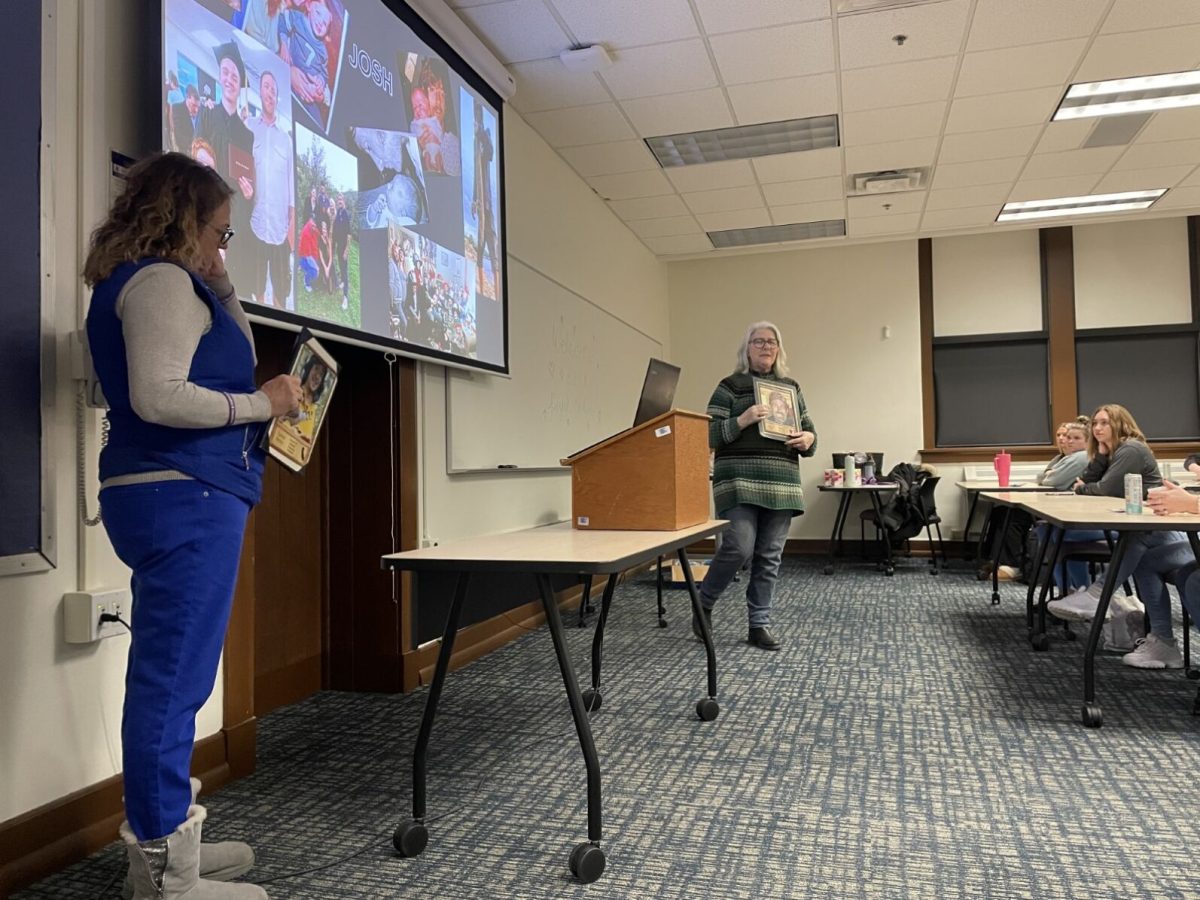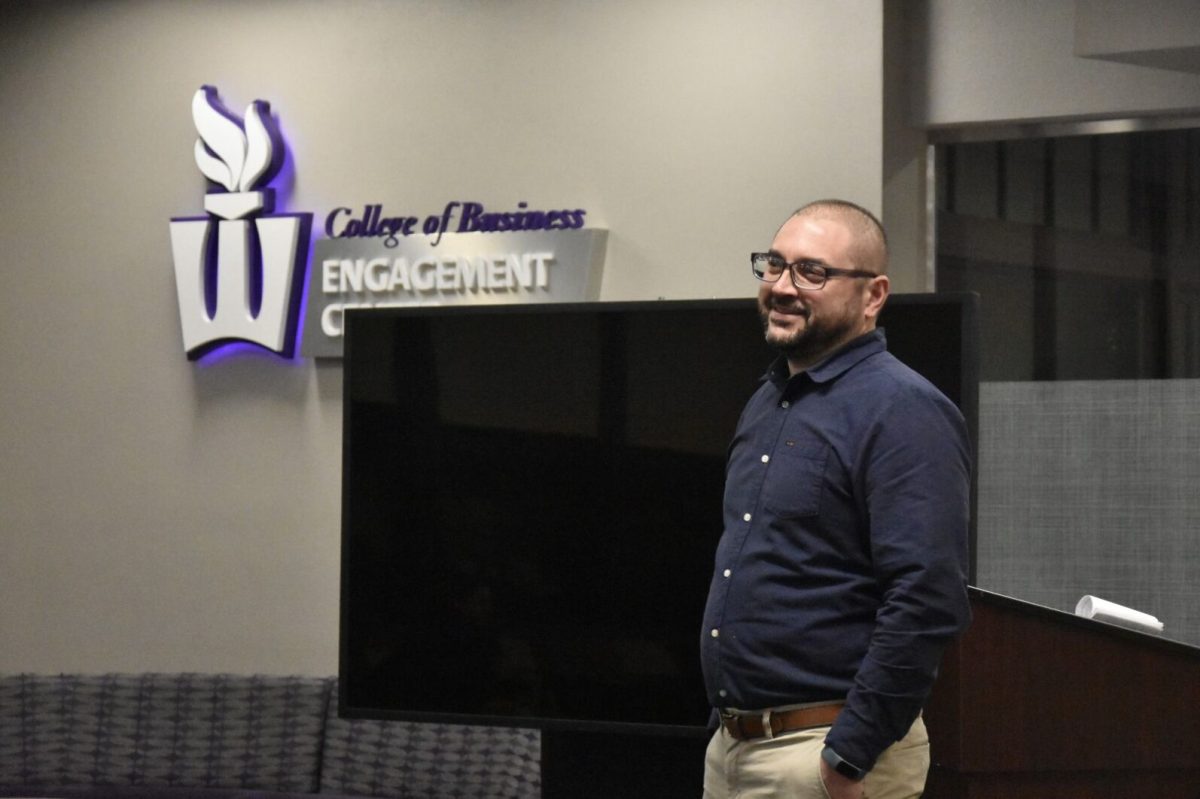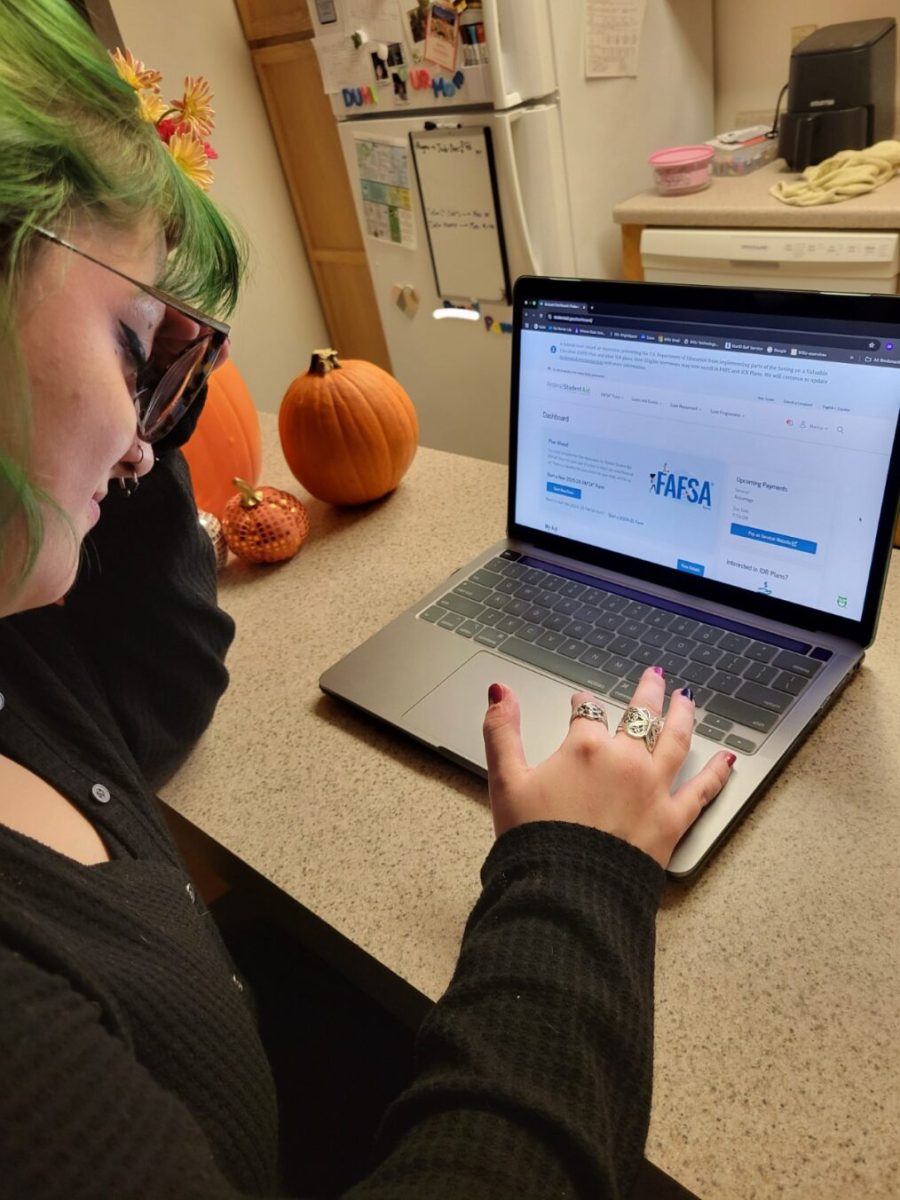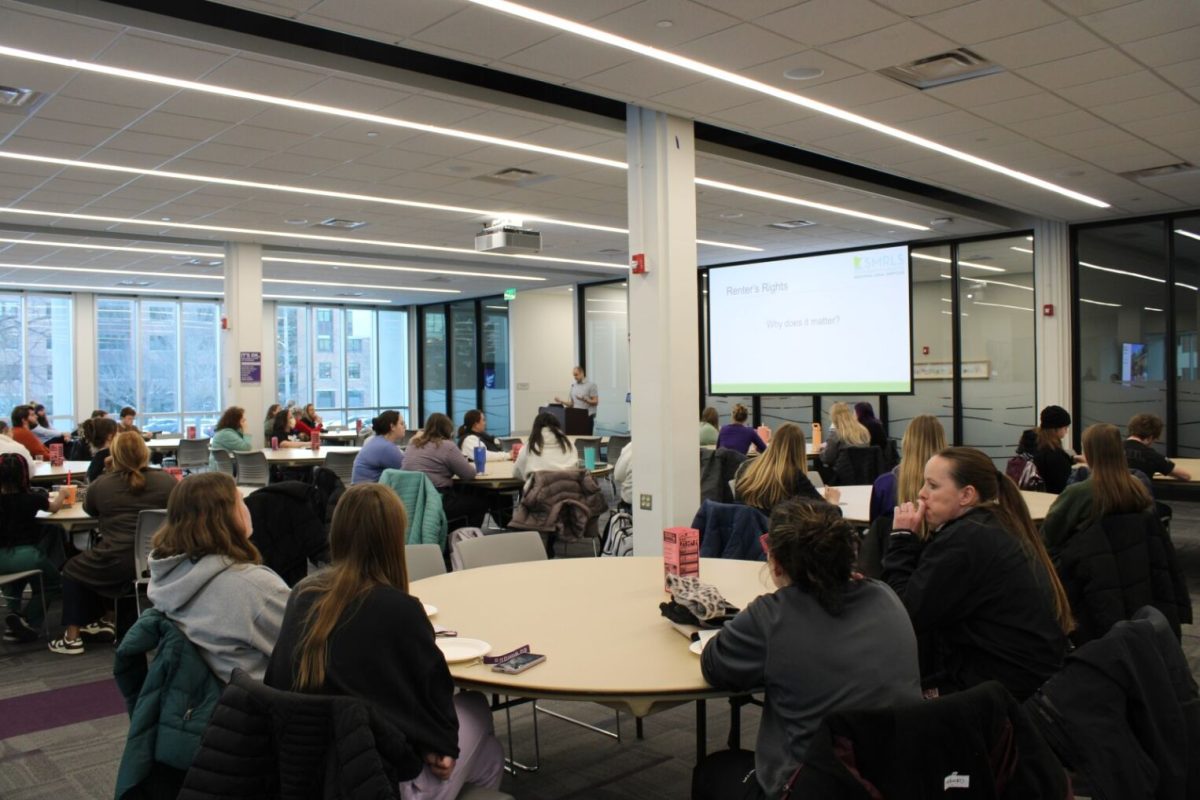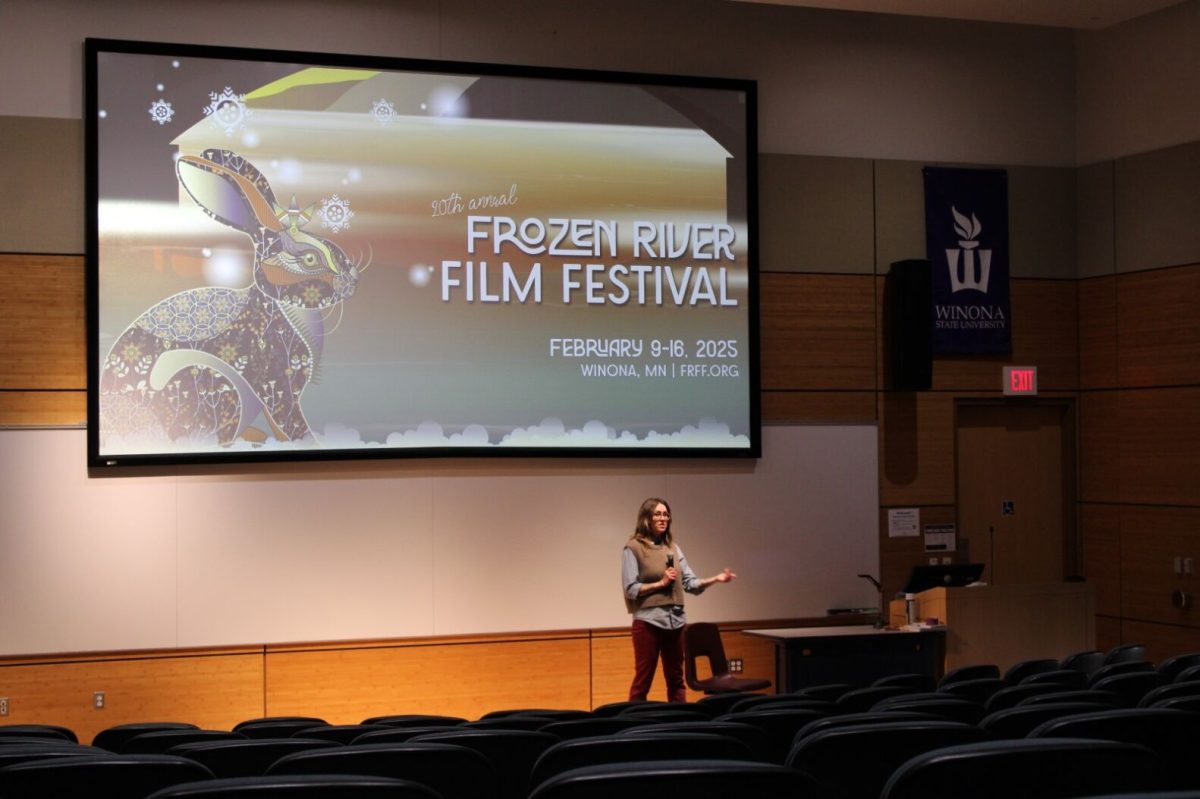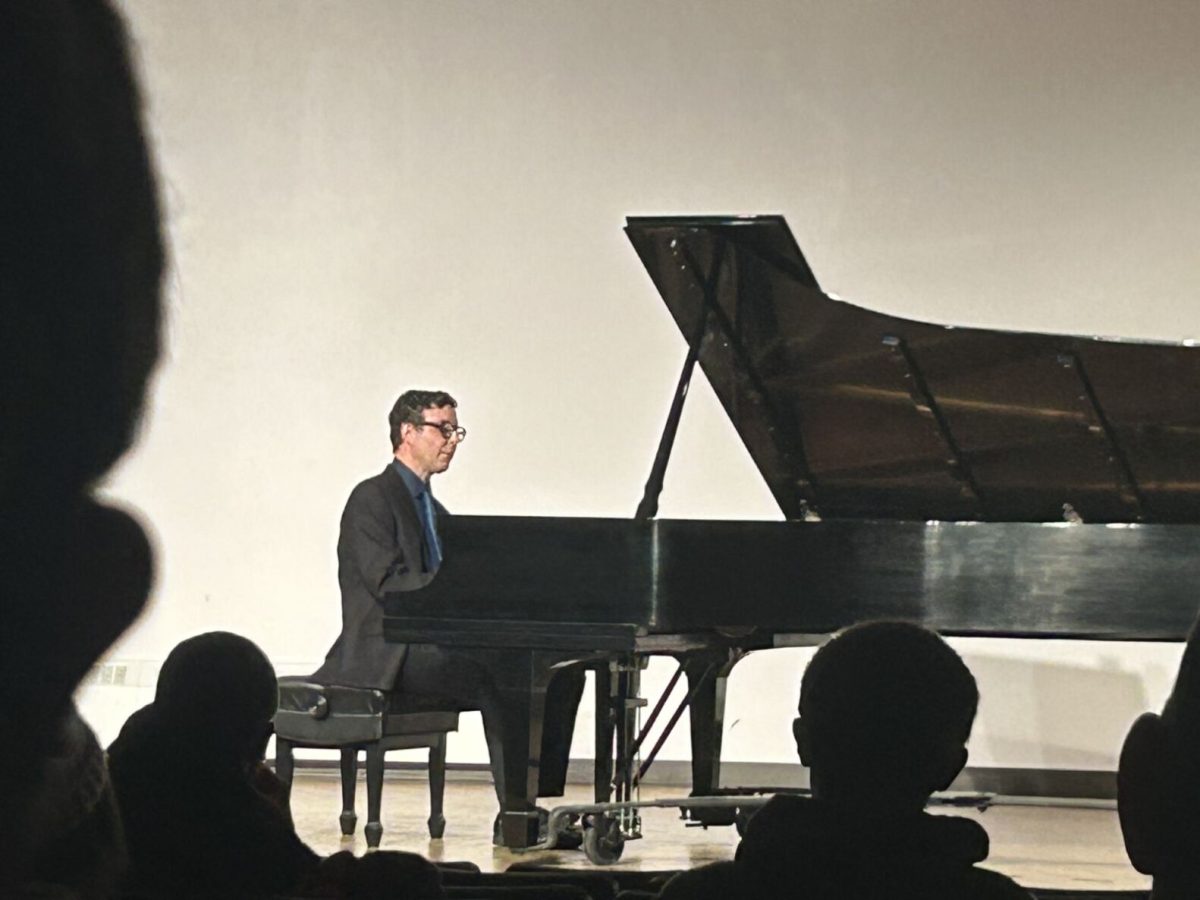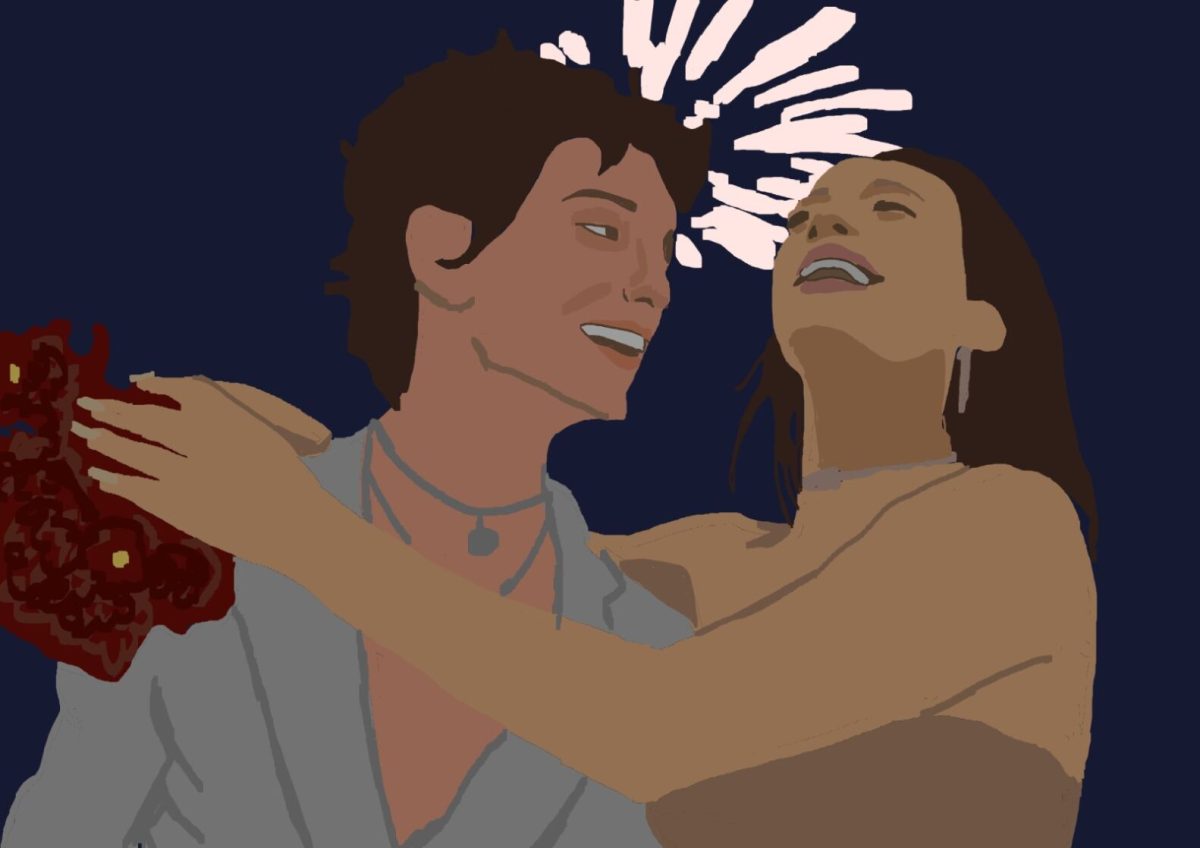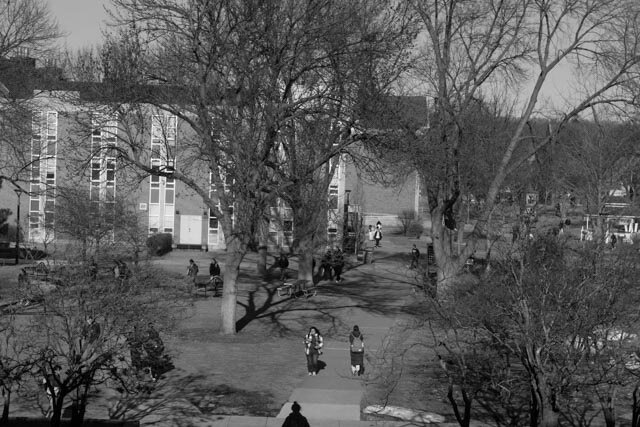Karin Chandler/Winonan
Dr. James Loewen’s lecture, “Lies Your Teacher Told You” provided audience members with an accurate take on what actually happened instead of what is erroneously taught in history classes.
Loewen, who came to Winona State last Tuesday, started his lecture talking about a SkyMall catalog. He pointed out that the catalog doesn’t have blacks, Asians, Hispanics, or Latinos, pictured in the catalog, and that almost every white person pictured was blond.
“There are lies still in this room,” Loewen said. “We are still living messed up from the nadir.”
Nadir, Loewen’s term for the period from 1890-1940, was the low point in America’s racial history, a time of marked racial violence in the southern half of the United States and focused on increasing white superiority. Lynching was a major part of this violence.
Loewen went on to ask why the United States had a Civil War and why the South seceded. Students are frequently taught the following four causes in history classes: slavery, states’ rights, the election of Lincoln and tax inequalities.
To find the causes, we need facts and evidence, Loewen said. He talked about how the South was outraged because of the fugitive slave clause, an issue affecting states’ rights.
Lincoln’s election was a trigger to the cause of the seceding states, because southern statesmen were upset that Lincoln was against slavery. The cause of the Civil War had nothing to do with the issues of taxes and tariffs, Loewen said.
Many towns had an alarm that sounded at 6 p.m. to tell the blacks to get out of town. Loewen then asked if we were aware that Minnesota had these “sundown towns.”
Loewen left the audience with an image of Tarzan walking on the heads of black people, a cartoon which summarized the whole nadir period.
“A lot of the things he said, I’ve never heard before. It also explains more of the things that were taught. It was like we were taught sugar-coated information,” Emily Passint, a student, said.
Loewen based his talk on his book, “Lies My Teacher Told Me,” which some professors assigned as reading material for their courses. Winona State University student Jessica Downie found both the book and the lecture informative. “We read the book in class and I thought there were some interesting contradictions. It’s wonderful to call history out on it,” she said.
Abby Noble, a student and future educator, said, “His perspective on textbooks and inaccuracy was helpful to know and be aware of.”
Contact Karin at KChandler08@winona.edu


